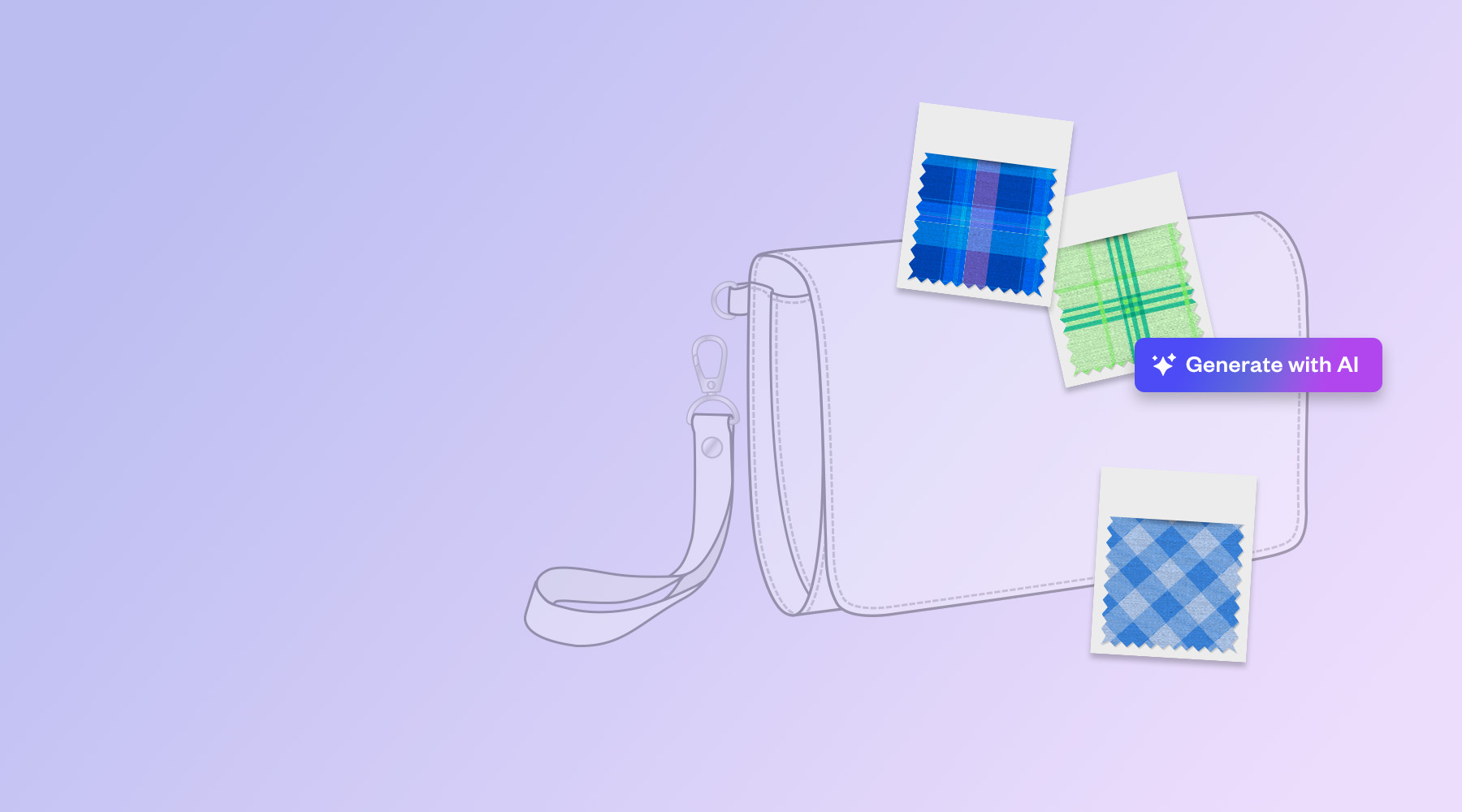3 AI and technology trends changing the dynamics of retail
Recent tech innovations and AI are presenting retailers with exciting opportunities to better understand and serve their customers. Discover what's new.

The line between online and offline is blurring and new opportunities are emerging. Changing consumer expectations are also prompting retailers to evolve their store experiences and channels. Shoppers want more from retailers and they want to buy more efficiently across new channels of engagement with brands.
In response, retailers can develop unique partnerships and find new ways to connect with shoppers.
New tech, new touchpoints: Truly omnichannel
According to McKinsey research, omnichannel customers typically buy more and shop 1.7 times more often than other consumers. Engaging them further is worth the investment and experimentation. Often, this includes adding new touchpoints through online and mobile channels, social media, and apps.
Taking omnichannel one step further, new beauty technologies show what’s possible for the future of retail and prove you aren’t limited to business-to-consumer (B2C) channels that already exist today.
For example, The L'Oréal Group’s Perso AI is an interesting example of how brands can create new channels for the future of fashion – beauty fans can use Perso to 3D print custom lipstick shades from home from thousands of possible choices. Perso is also designed to formulate and dispense custom skincare products.
At L'Oréal, Perso becomes another way to reach and connect with customers that’s distinct from other channels but also harmonizes with other touchpoints between shoppers and brands. What’s more, Perso users may want to engage with L'Oréal through other channels, bolstering brand engagement.
In the future, channel expansion and the merging of channels will guide wholesalers, retailers, and brands toward new business models. Get ahead of this trend by exploring new channels and by finding what’s right for your brand.
Retailer-owned advertising platforms: Flipping the retailer/brand relationship on its head
Then there are retailer-owned advertising platforms. These unique partnerships are emerging out of retailer/brand relationships and, in some instances, flipping the script with retailers selling advertising to brands. A retailer-owned platform provides a product (advertising) to brands looking for additional touchpoints with end customers.
When you own the platform, you’re positioned to reap the benefits and potentially use your channel to grow and inspire new channels and partnerships.
Building your ad platform
To build your platform, keep in mind:
- Brands can help you build: You can work with your wholesalers and brands to build content and get traction with your ad platform.
- Trust, but verify: Promote trust with the brands you sell to by offering transparent performance data about your ads and customer engagement.
- Loop in your buyers: Buyers in your organization are important stakeholders in your advertising platform, since they have relationships with brands and your ad team’s agreements may influence broader business decisions and contracts.
Since you own the platform and your advertisers are paying you, ads have the potential to be a higher-margin part of your business — unlike so many of retail’s traditional business models.
AI assistance for teams
Retailers can use AI chatbots for more than online customer queries. Connecting your team to AI-powered resources has the potential to speed up new employee onboarding and streamline your operations.
Your AI can:
- Provide an interactive employee handbook
- Link team members to information and data points
- Suggest scripts and processes
- Answer FAQs internally
- Power backend and warehouse processes
With new technology, retailers are reshaping the industry in response to customer preferences and preparing to grow and expand in new channels.
Request a demo to find out how you can use tech to evolve your wholesale operations.
Get on the list
Wholesale tips and industry news you can’t miss, delivered weekly

